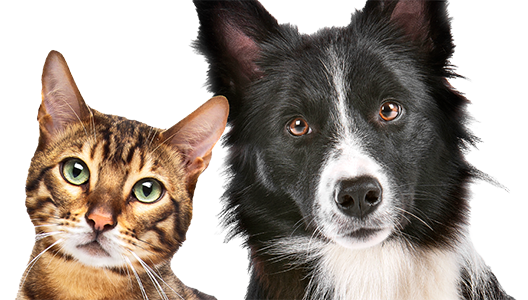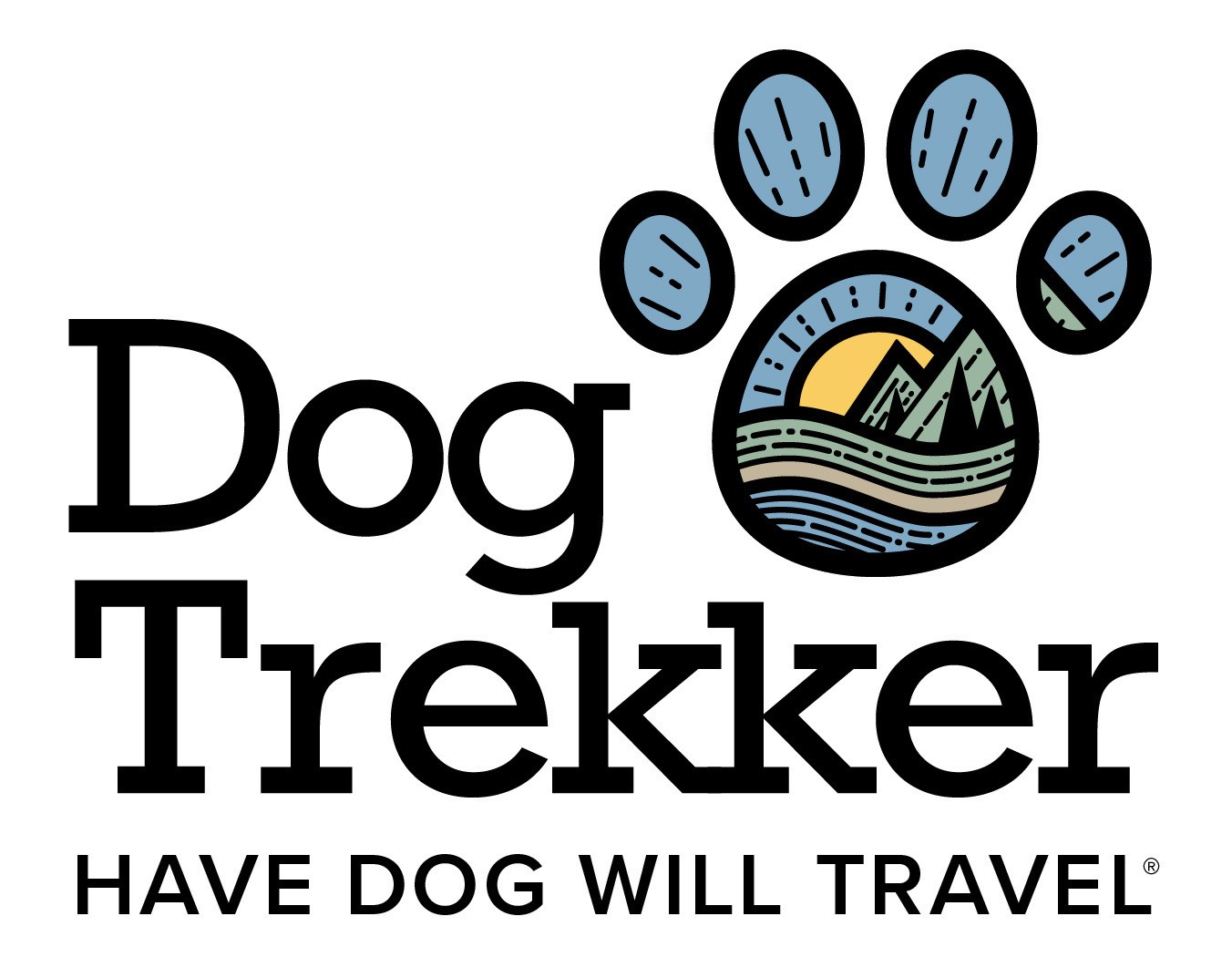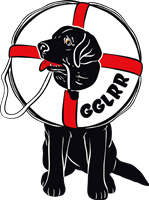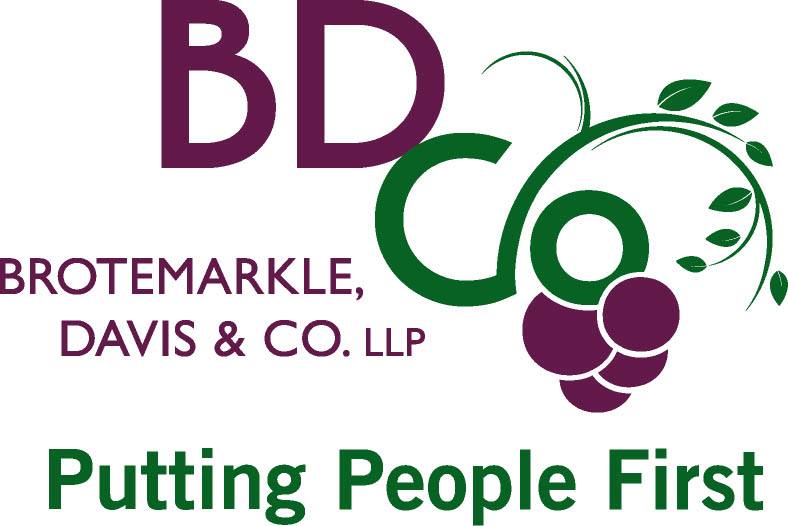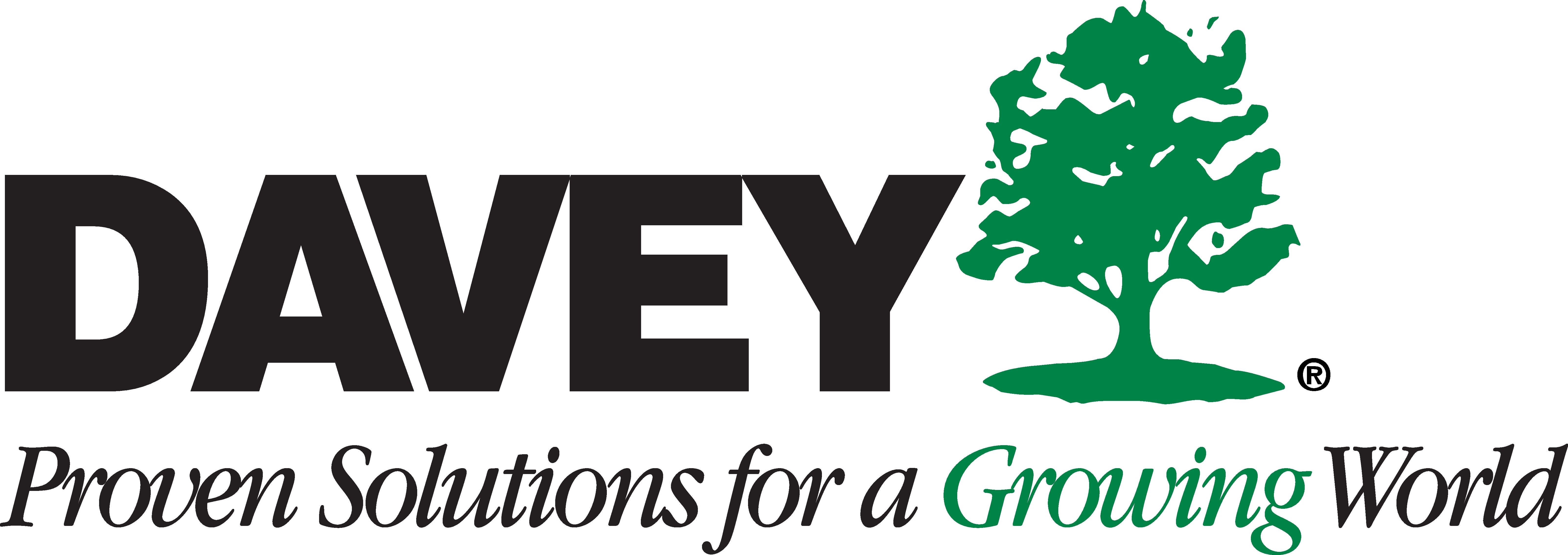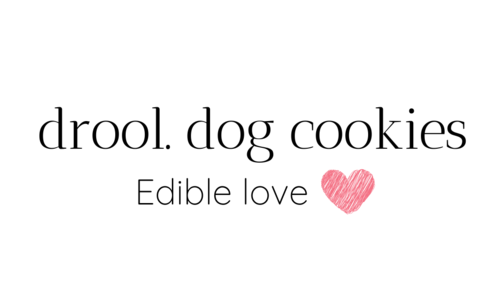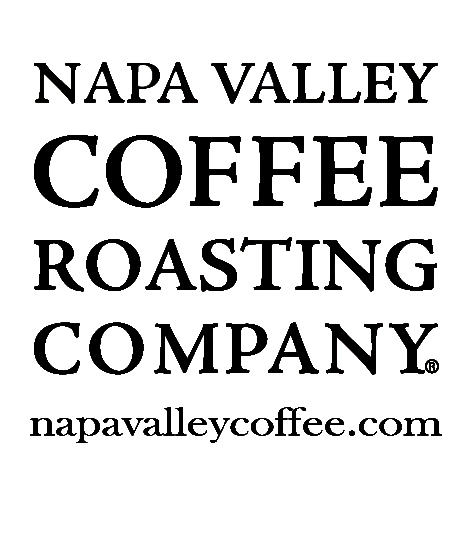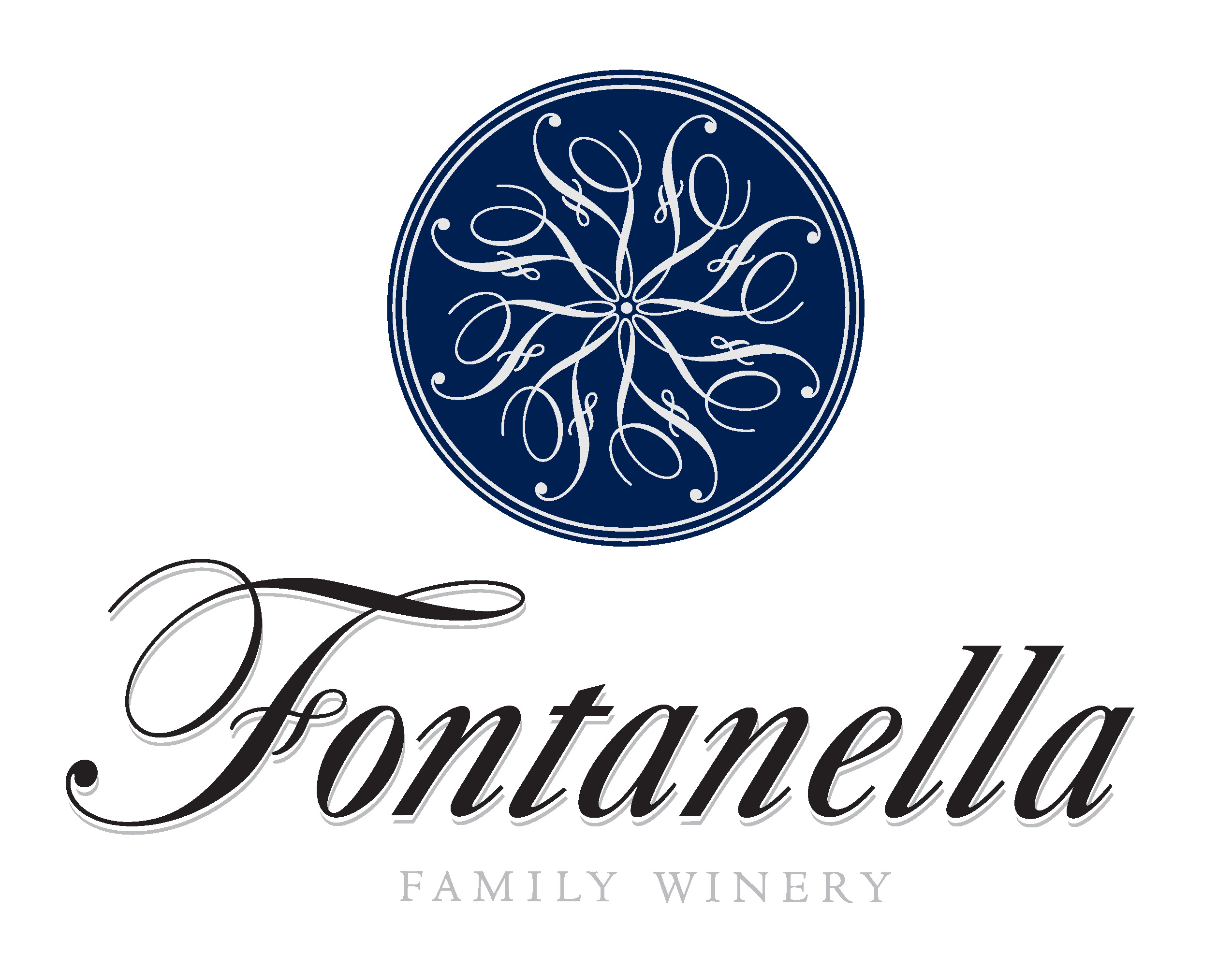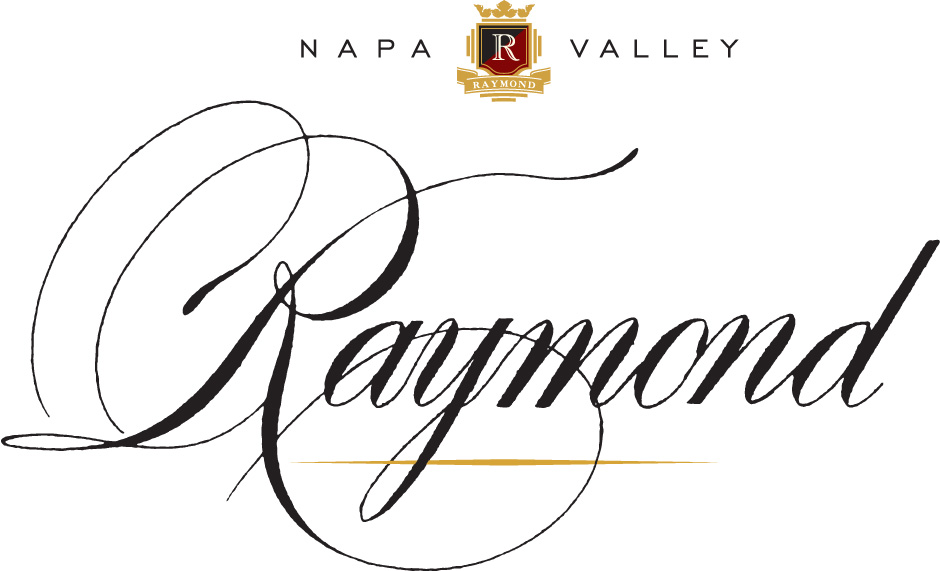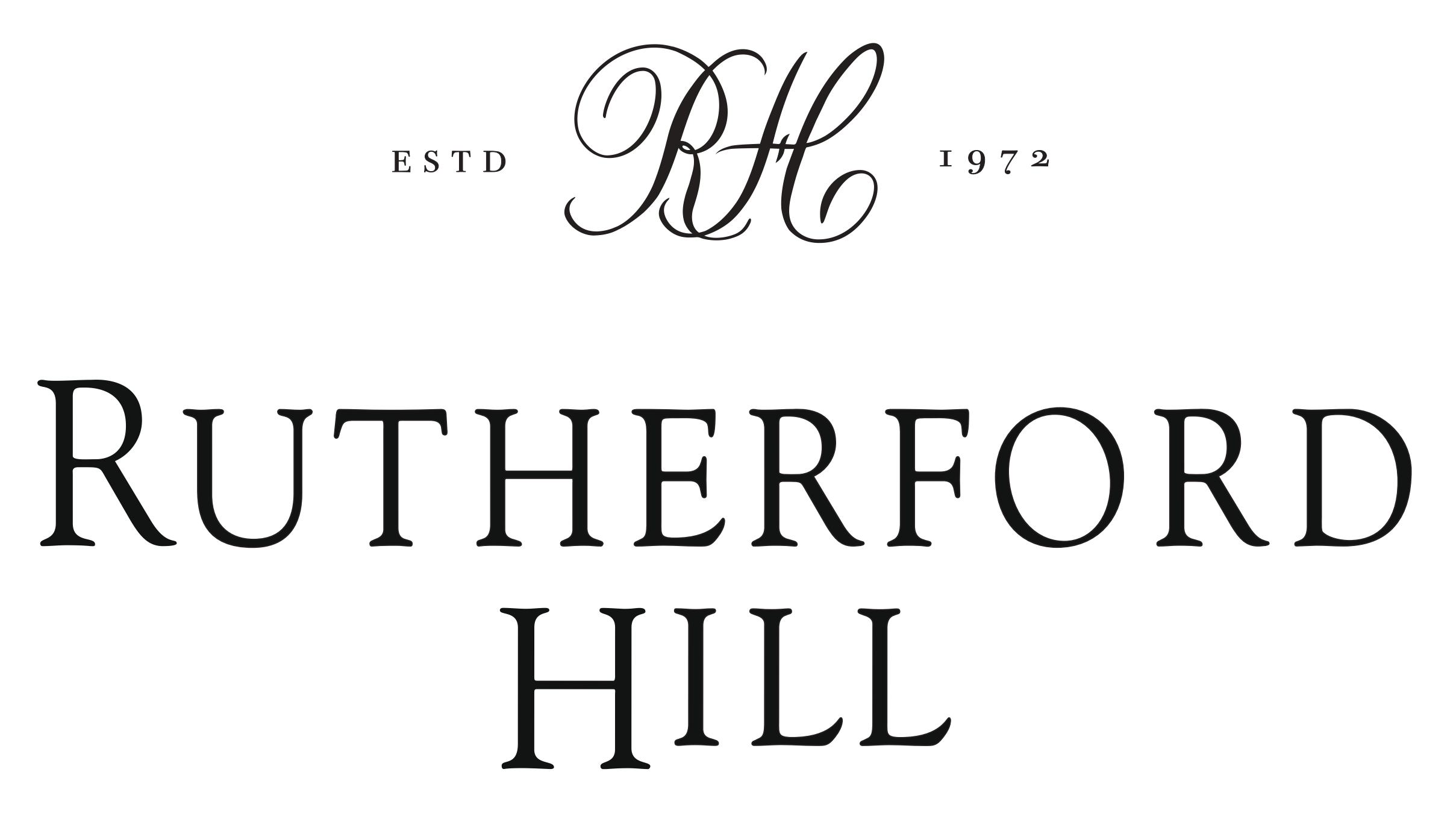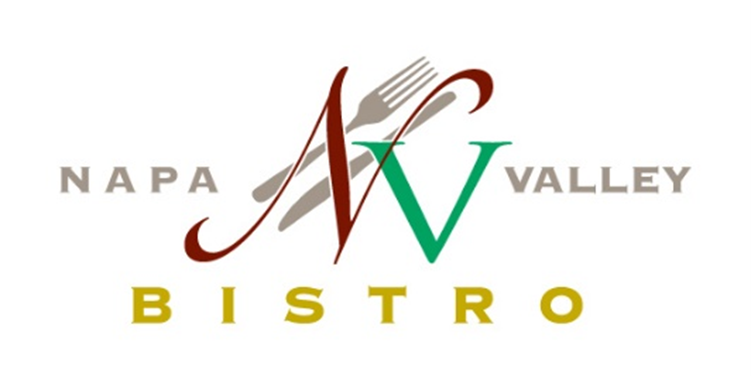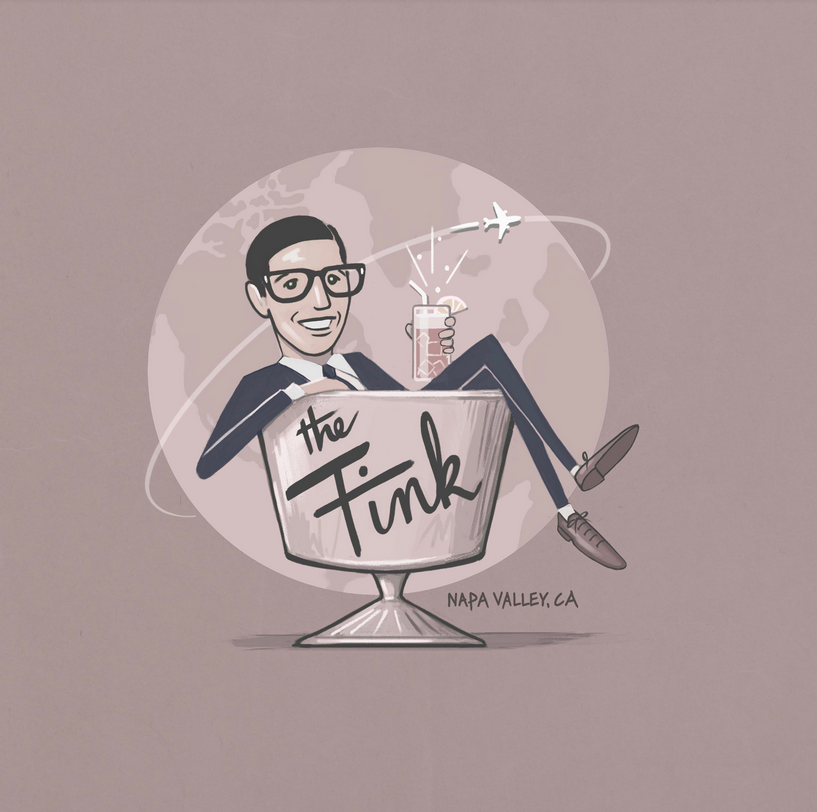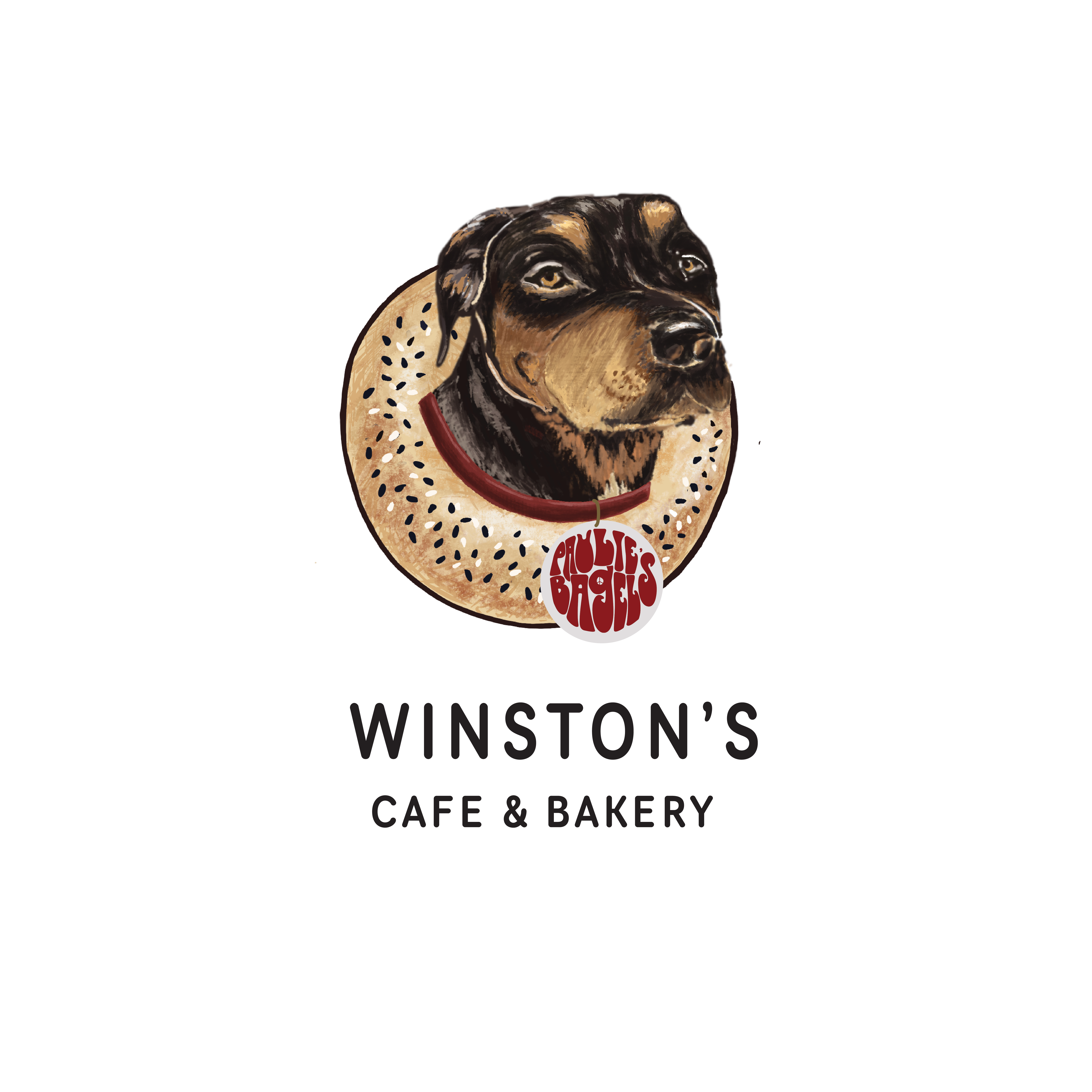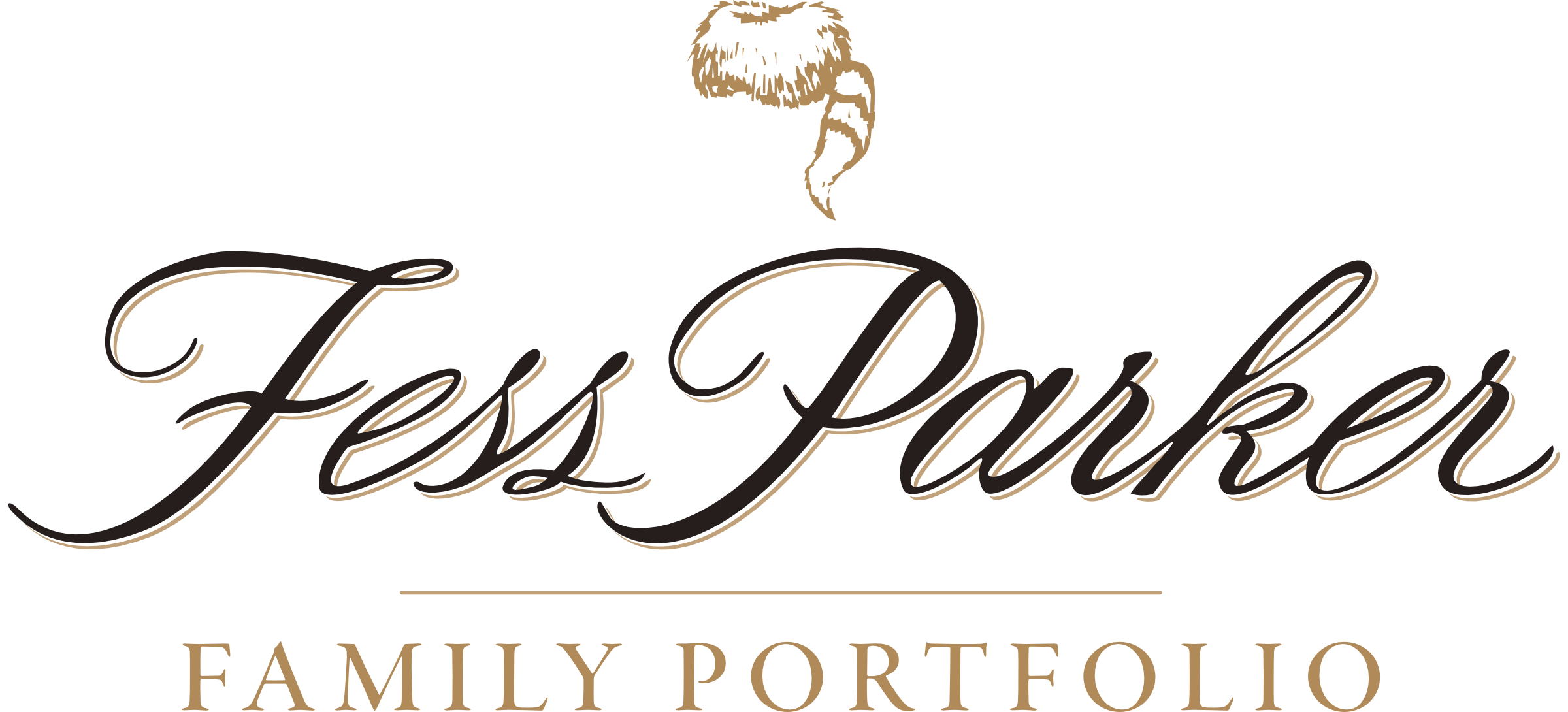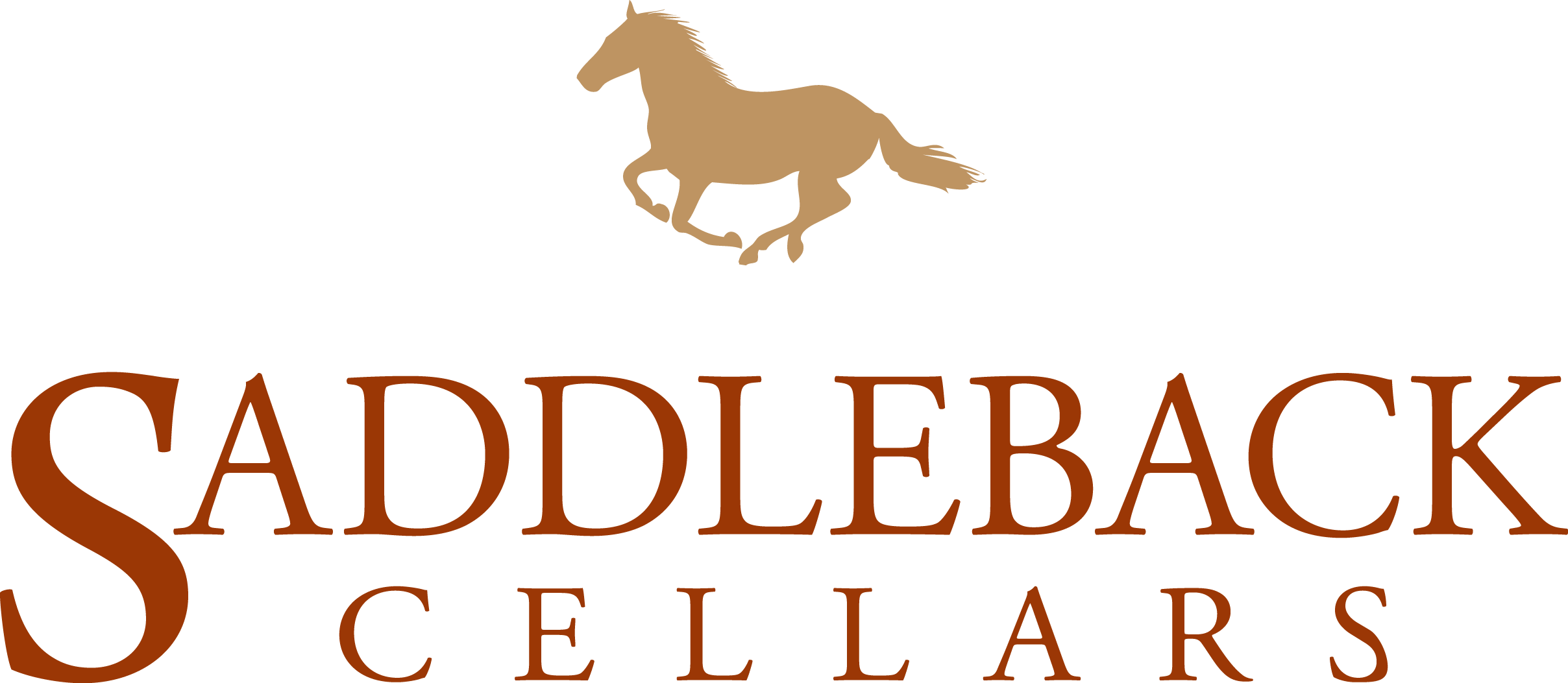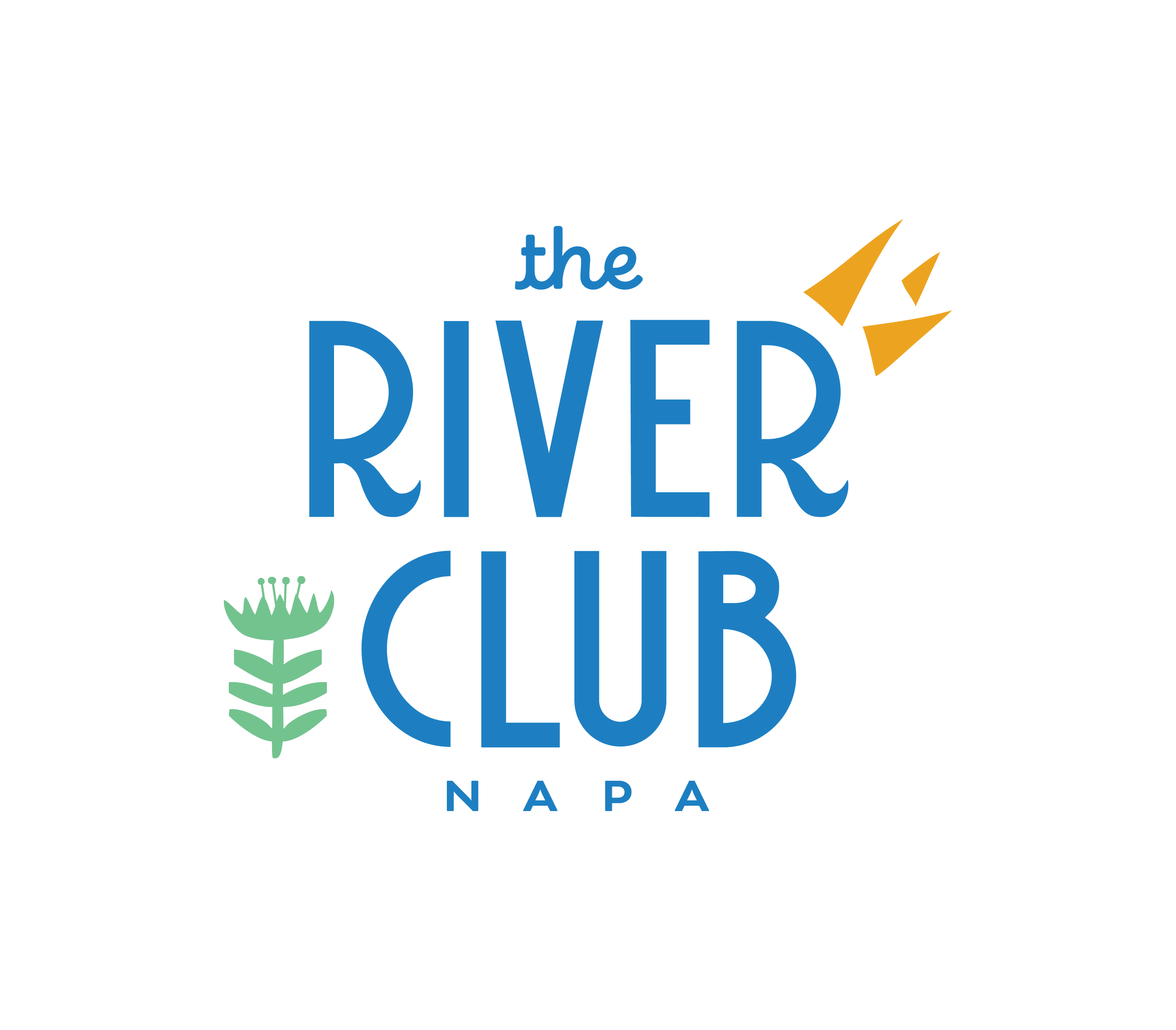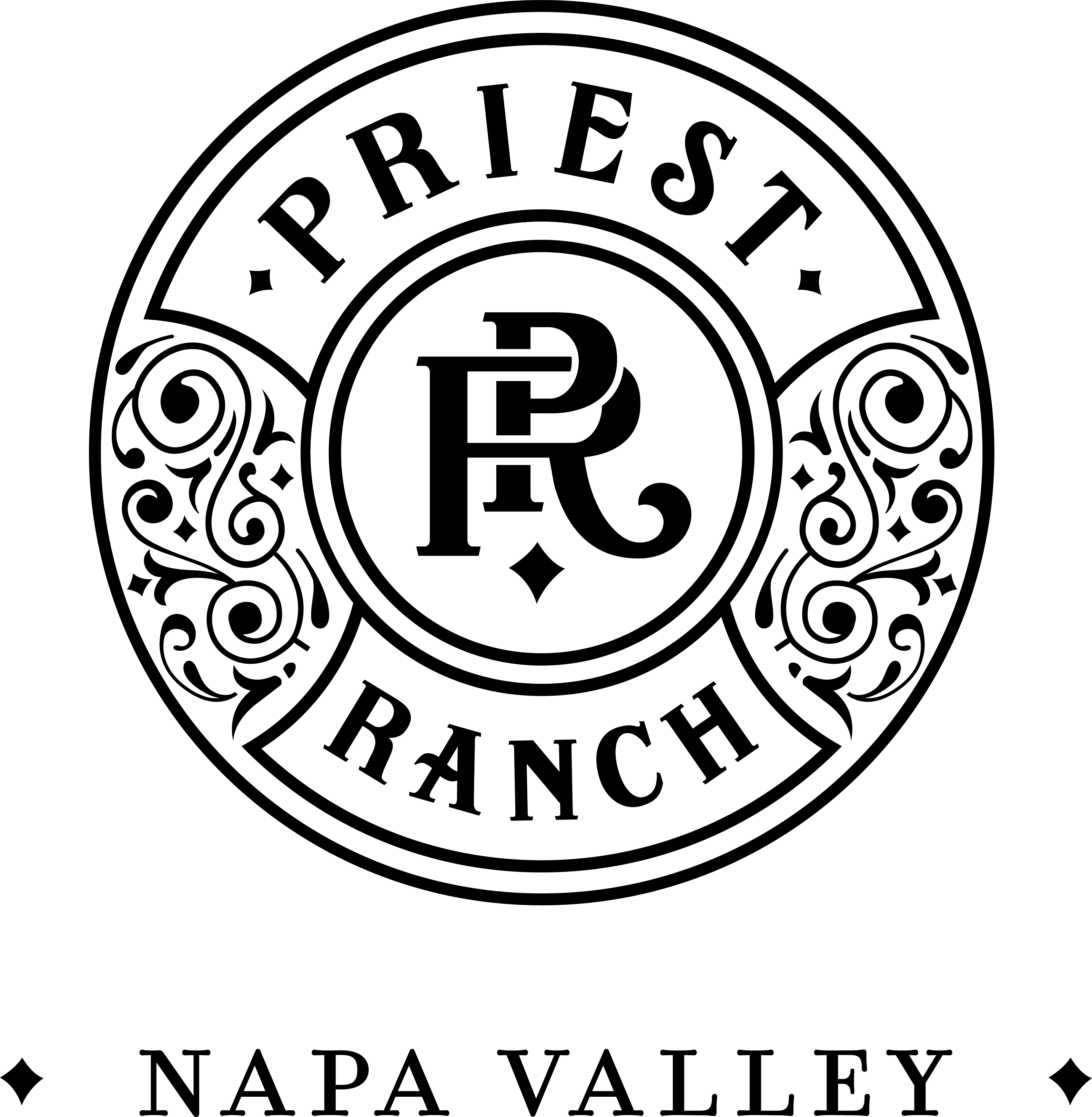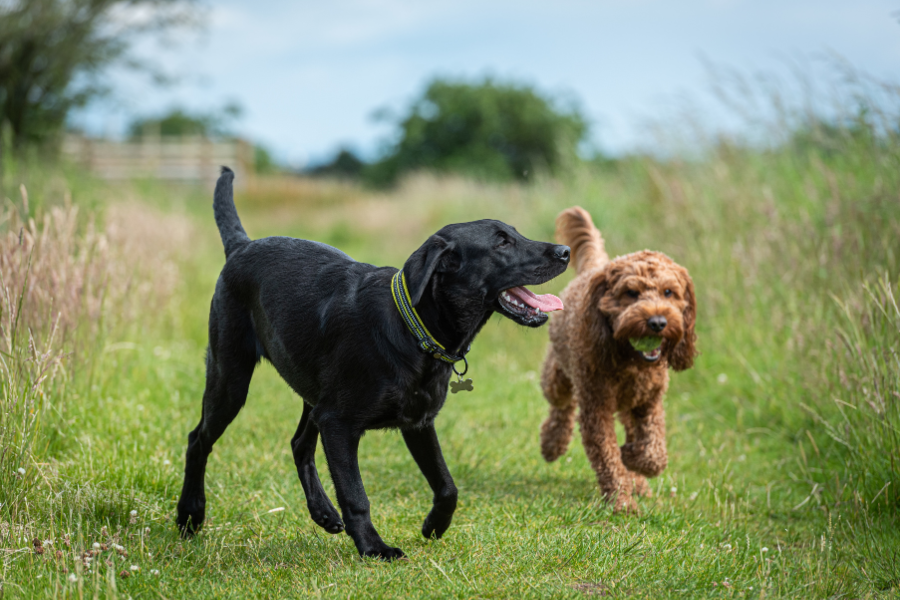
Before You Unclip the Leash: What Every Dog Owner Should Know
by Wendi Piscia | June 5th, 2025 | 12:55 pm
Dog parks are a wonderful community resource—a place where dogs can run, sniff, wrestle, and just be dogs. They offer enrichment, exercise, and often a dose of social time for us humans, too. But as much fun as dog parks can be, they’re not the free-for-all playgrounds. There’s a lot more to safe and successful visits than simply unclipping the leash and hoping for the best.
Let’s start with the basics: not every dog should go to the dog park.
We all want our dogs to have fun, but that fun should never come at the expense of anyone’s health or safety—including your dog’s, other dogs’, or that of people at the park. Dogs visiting shared play areas should be healthy, current on vaccinations based on their vet’s advice, and on effective flea and tick prevention. This helps reduce the spread of illnesses like kennel cough and parvovirus, which can survive in soil for months (American Veterinary Medical Association, 2023).
Dogs who haven’t been spayed or neutered can also stir up tension. Intact males may draw unwanted attention or act more dominant, while unspayed females may be unknowingly entering their heat cycle, which can lead to fights or accidental pregnancies. At Napa Humane, we recommend spaying or neutering before visiting off-leash parks to help prevent these kinds of issues.
It’s also important to understand that not all dogs enjoy the dog park. Some love the social scene, while others can feel overwhelmed, anxious, or even grumpy around unfamiliar dogs. And just because your dog plays well with a neighbor’s pup doesn’t mean they’ll be comfortable in a pack of high-energy strangers.
Play style matters. Some dogs are wrestlers, some are chasers, and some just like to observe. A dog who plays rough can unintentionally scare or hurt a more mellow dog. Sadly, not all owners recognize when their dog is getting too intense. According to a 2020 article in Veterinary Practice News, off-leash dog parks are among the most common places for dog-on-dog injuries. Even dogs with good intentions can end up in trouble if their energy doesn’t match the vibe of the group.
Ideally, dogs at the park should have solid recall—that means coming when called, no matter what’s going on. But let’s be real: most dogs don’t have perfect recall, and even the best listeners can forget their manners in the heat of a chase. That’s not a bad dog—just a distracted one.
Another key to a safe dog park experience is learning to read body language. Tense posture, excessive yawning or lip licking are all signs of a stressed or uncomfortable dog. It’s also important to monitor play styles—behaviors like one dog constantly pinning another, one-sided play with no breaks, play where dogs won’t turn their backs, or frequent rising up on hind legs can all signal that things are about to go sideways. The problem is, many people miss these early warning signs. A 2022 survey from the American Kennel Club found that over 60% of dog owners misread signs of stress in their own dogs. That’s a pretty big deal when one misunderstood look can lead to a fight. Interested in attending Napa Humane’s free Dog Body Language class? Email us at dogtraining@napahumane.org to be notified about the next available session!
Small dog owners need to be especially cautious. While some parks have designated areas for smaller dogs, not everyone uses them properly. When small dogs mix with large ones, the size difference alone can be dangerous—even during play. If your dog seems overwhelmed or targeted, don’t wait for things to escalate. It’s always okay to leave.
And let’s talk about puppies. Dog parks are not the right place for young or adolescent dogs to learn social skills. Puppies go through a critical developmental stage where even one bad experience can cause long-term fear or reactivity. Since you can’t control which dogs will be at the park or how they’ll behave, exposing a puppy to that unpredictability is risky.
Instead, look for structured socialization opportunities. At Napa Humane, we offer puppy socialization classes in a controlled setting with a certified trainer (her name is Alyssa, and she’s phenomenal!). These classes help puppies learn how to play appropriately and teach owners how to read dog body language—so you’ll know when your pup is happy, stressed, or overstimulated. We also offer supervised puppy playdates where the environment is designed to be safe and positive. You’ll learn how to interrupt play when needed, help your pup settle down, and spot the difference between fun and trouble.
Another great option is setting up playdates with dogs you already know—a friend’s or neighbor’s dog who is healthy, well-behaved, and compatible with your pup. These small group settings are much better for building confidence in young or shy dogs.
Here in Napa County, we’re lucky to have several public dog parks, including Alston Park Canine Commons and Shurtleff Dog Park in Napa; fenced dog areas at Veterans Park in American Canyon, Canine Commons in Yountville, and Wappo Park in St. Helena; and Franquelin Dog Park in Calistoga. But keep in mind, when we talk about dog parks, we’re not just referring to these designated areas. Any shared space where dogs are allowed off-leash—like apartment complex play yards or community green spaces—should be treated the same way when unfamiliar dogs are interacting.
Not all dog parks are created equal. Take time to observe how your dog reacts when entering the space and how other dogs are behaving. Parks with a single entrance can create tension when new dogs arrive. Small parks without obstacles can intensify chase games. And environments where owners aren’t paying attention or actively managing their pets create a high risk that dogs will “handle things themselves.”
At the end of the day, the dog park can be a great place. But it’s not right for every dog, every day. It’s your job to know your dog, read the room, and decide whether it’s a good fit. Don’t assume the dog park is your only option for socialization or exercise—and don’t hesitate to leave if your dog is stressed or something feels off.
One great strategy is taking a break from the park mid-visit—go for a short walk, then return if your dog still seems interested. This helps lower arousal and makes re-entry smoother. It’s also wise to interrupt play regularly to make sure both dogs are still having fun and to encourage your dog to check in with you.
With the right preparation and awareness, you can help ensure every off-leash experience is a good one. And if your pup isn’t quite ready—or would just rather skip the dog park—that’s perfectly okay. There are plenty of other safe, enriching ways to play.
Your dog is counting on you to make the right call. . Let’s make sure it’s one that sets them up for success.
Learn about dog training classes, puppy socials, and dog body language classes (for humans only!) at napahumane.org.
The topics discussed in this feature are part of a larger conversation about animal welfare in Napa County. Want to learn more? Explore the entire series at: https://bit.ly/NVRNapaHumane





